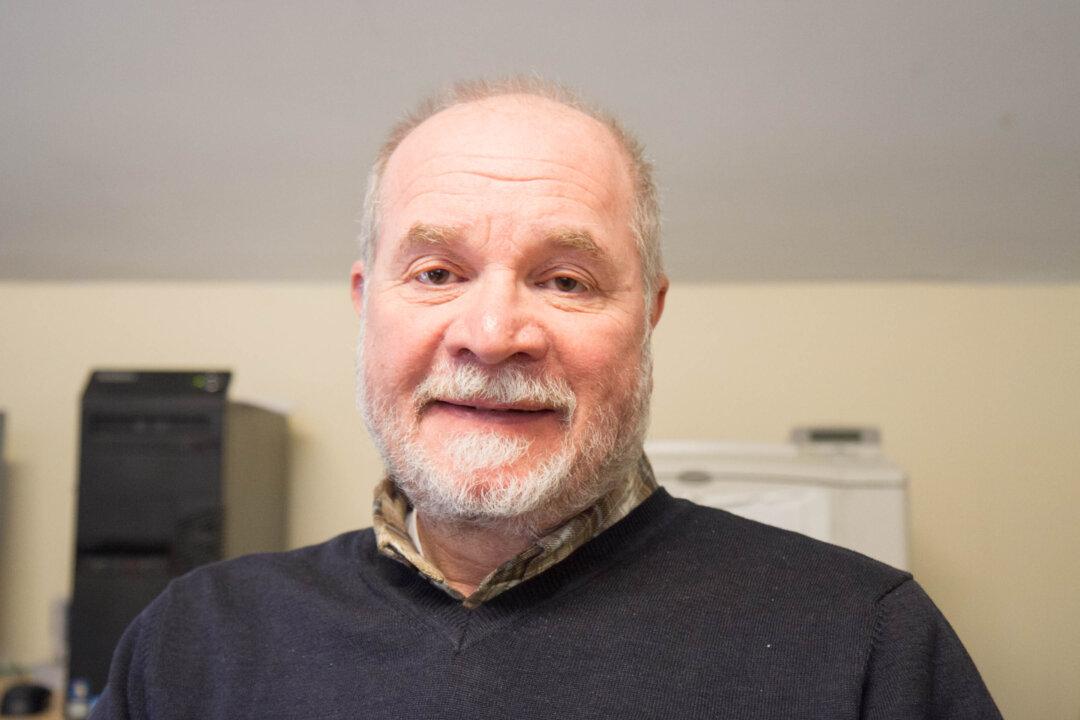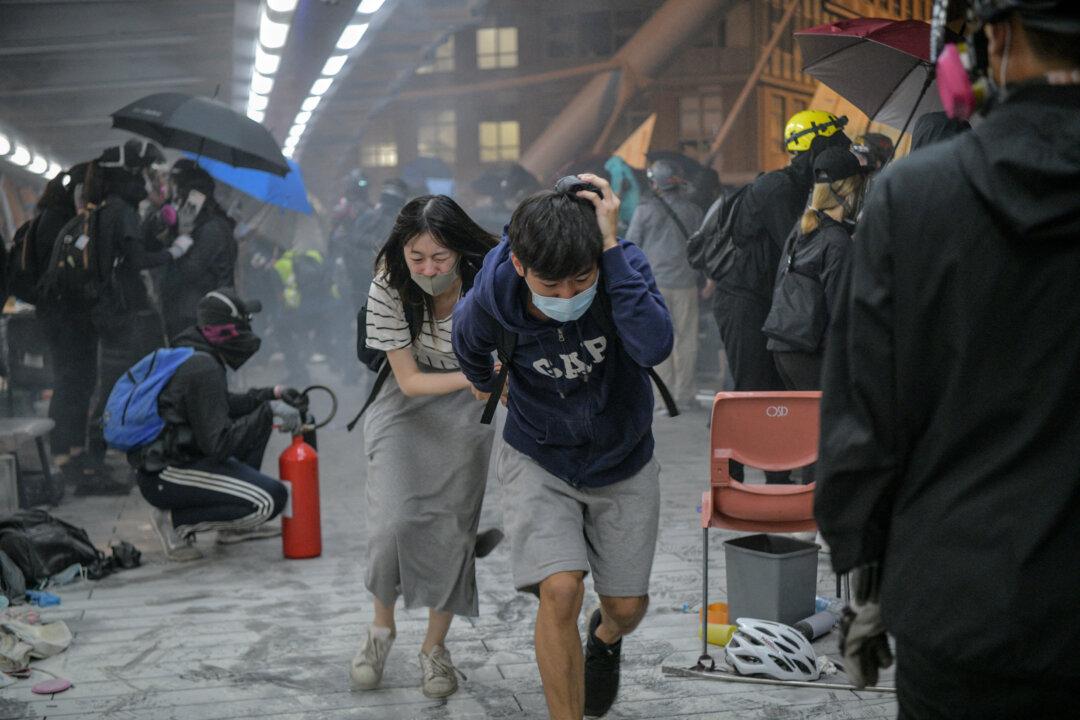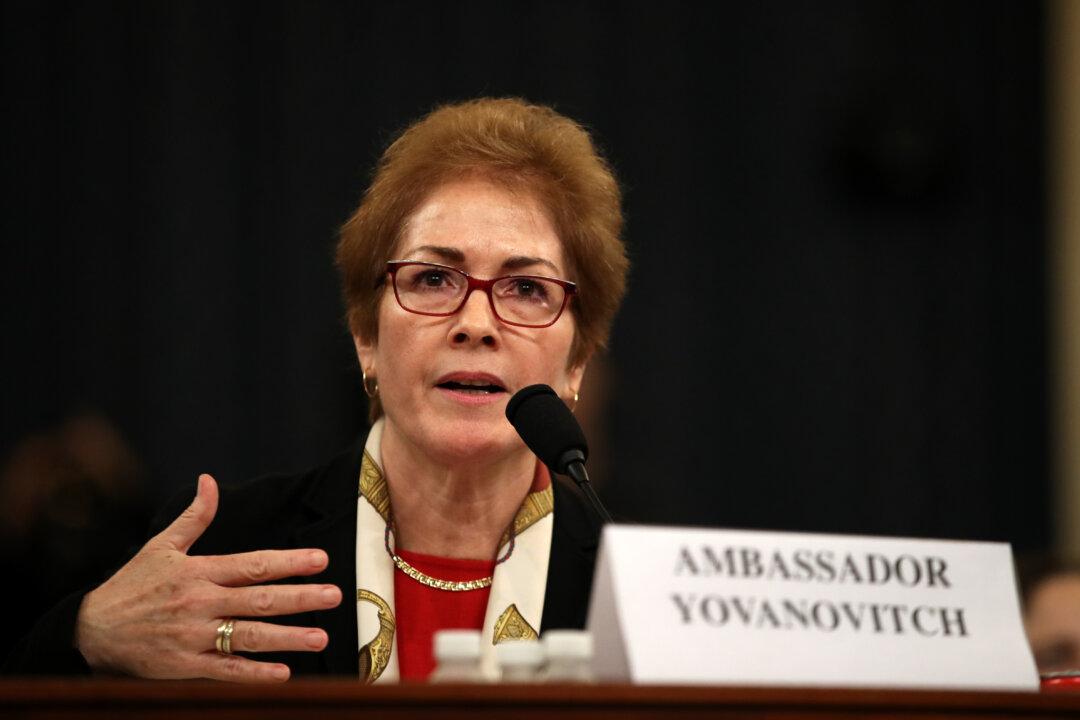Selling mining land next to one of the county’s most historic assets should not be done without due thought, says Barry Kass, professor emeritus of anthropology at SUNY Orange and a trustee of the Orange County chapter of the New York State Archaeological Association.
Kass worked on a team that excavated the Dutchess Quarry Caves in Goshen in the 1980s, and was spurred to action when he learned that the county is selling 34.6 acres adjacent to the caves to mining company Tilcon New York Inc. The sale is meant to bring in extra revenue and resolve an unanswered question of who is responsible for reclaiming the land once the dolomite reserves are gone.
Tilcon owns part of the quarry already and has been leasing the property from the County since 1970. In April it offered to buy the land and its mining rights for $500,000.
Kass said he is concerned about blasting and groundwater seepage from Tilcon’s digging operations. The quarry is on the other side of Mount Lookout from where the caves are located, and it is widely rumored that caves on the southwest side of the mountain have already been lost due to mining.
“[This] could compromise the geological integrity of the National Register site, perhaps leading to a collapse of the Caves site itself and the destruction of its potential for future scientific research,” Kass wrote in the letter to county leaders, referring to its listing on the National Register of Historic Places.
Tilcon says the sale would not change the way they operate, pointing to their mining permit, which says, “the lessee agrees that it will not trespass upon nor cause any damage of any kind to the cave and its immediate environs.”
“Going from leasing the land to ownership changes nothing in the conditions of the mining permit,” Tilcon said in a statement.





